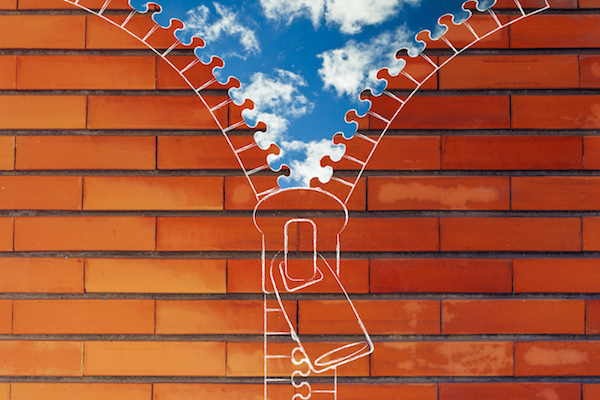
WEDNESDAY, April 28 (HealthDay News) — While a decade of efforts to reduce air pollution in the United States has improved air quality in many cities in the Northeast and Midwest, 175 million people are still exposed to dangerous levels of smog and soot, a new report reveals.
The survey, from the American Lung Association, credits a considerable overall drop in air pollution nationwide to a shift towards cleaner fuels and engines, along with curbs on coal-fired power plant emissions. Along with recent industrial clean-up efforts, the result has been a drop-off in both particle pollution (fine specks of soot, dust and aerosols) and ozone pollution, the report suggests.
However, the organization’s analysis also indicates that improvements in air quality have not been spread evenly across the nation, with many urban areas in the Western part of the country seeing poor air quality. That means that 58 percent of Americans still breathe dirty air.
“Air doesn’t just get cleaned up by itself,” said Janice Nolen, assistant vice president of national policy and advocacy for the lung association. “We have a history of knowing that you have to put some control equipment on things that produce pollution in order to get results.”
“So, certainly we’re pleased to see that the air control measures we worked for a long time to put in place are working,” she stressed. “There are improvements. But we want people to know that while there are good trends we’ve still got a lot more clean-up to do. This isn’t a done deal.”
Nolen highlighted the findings during a recent press conference co-hosted by Dr. Norman H. Edelman, chief medical officer for the lung association.
Essentially an air quality “report card,” the latest annual analysis is based on air pollution data collected between 2006 and 2008 from thousands of official air-quality monitors distributed across the country.
After crunching the numbers, the analysts were able to grade cities and regions on the basis of their air quality.
Some locales demonstrated considerable air quality improvements. Atlanta, Cincinnati, Cleveland, New York City, Pittsburgh, St. Louis, Washington, D.C. and Baltimore all experienced a drop in both smog and soot levels, the researchers found.
In terms of exposure to short-term “spikes” of particle pollution, Alexandria, Louisiana topped the list as the nation’s “cleanest city.” In terms of year-round particle pollution exposure, Cheyenne, Wyo., came out on top.
Others were not so fortunate. Overall, one-quarter of Americans (more than 70 million) currently live in places where such short-term spikes render the air they breathe “unhealthful,” the report found, while one in 10 Americans (nearly 24 million) are exposed to year-round particle pollution.
The metropolitan Phoenix/Mesa/Scottsdale perimeter of Arizona topped the list of “most polluted” urban jurisdiction in terms of year-round particle pollutant exposure. In terms of short-term particle pollutant spikes, Bakersfield, Calif., ranked as the city with the most days per year of unhealthy air quality.
With respect to the ozone pollution that stems from vehicle and industrial emissions, the upside appeared to be a drop in the number of “unhealthful” days experienced in 14 of the 25 most polluted urban areas.
Bismarck, N.D., got the top “A” grade for least ozone exposure, with several cities in Texas, Idaho, Wisconsin, Hawaii, Nebraska, Florida and South Dakota also faring well.
On the downside, the report indicated that some cities actually demonstrated a worsening of air quality over the prior 10 years; most of those were located in California.
Los Angeles topped the list for worst ozone pollution. Nevertheless, the current report struck a hopeful chord by noting that the city, nonetheless, recorded its second-lowest ozone levels since 2000.
Edelman pointed out that certain groups are more vulnerable to air pollution than others. The elderly, the very young, and those suffering from heart and/or lung disease are the most vulnerable to smog, he noted.
In the lung association’s first look at how economic status affects air pollution exposure, the report found that poor Americans form a specific high-risk group that faces a relatively greater hardship — such as an increased risk for premature death — than the general population as a result of chronic air pollution exposure. When it comes to air pollution, said Edelman, “it’s bad to be poor.”
Meanwhile, Frederica P. Perera, a professor in the department of environmental health sciences with the Mailman School of Public Health at Columbia University in New York City, expressed little surprise with the report.
The mention in the report of the risk to children from such air pollutants is particularly relevant, added Perera, who also serves as director of the Columbia Center for Children’s Environmental Health. “With our work, we have found that the very young are particularly vulnerable to the effects of air pollutants.”
More information
For more on air pollution, visit the U.S. Environmental Protection Agency.

